Doing business online is a growth hack so basic, no one calls it that. But brick and mortar stores take time and money to visit, and they’re only available to locals; a digital storefront takes one instant to visit, worldwide. Another, similarly basic growth hack: Sell a digital product. Whether it’s a funny video or a dating app, digital content can take off in a matter of hours. An analog product, even if it’s on Amazon Prime, won’t be delivered for days.
The analog world is full of friction from things like shipping and traffic and gravity. Online, though, everything is instantly accessible — and as a result, the potential for growth is essentially unbounded. It’s no wonder, then, that “growth” has become a major tech industry buzzword.
Top Growth Hacking Strategies to Know
- Leverage word of mouth
- Educate customers into existence
- Commandeer an already-popular platform
- Turn users into brand evangelists
- Make a viral video
- Partner with trusted brands
So, too, has “growth hacking" — though at this point, that terminology is a bit outmoded. It originally referred to a short-term strategy typically used by an early-stage, venture-backed startup solely focused on growth rather than revenue, ROI, or strictly adhering to other websites’ terms and conditions. (The classic Airbnb growth hack below certainly violated some of Craigslist’s terms and conditions.)
Growth strategies, as growth hacks are now commonly called, often involve a mix of marketing and product; in some cases, they involve giving away product for free. But successful growth strategies can involve anything from blogging to throwing a party. They almost always have a digital component, though, whether that’s a digital product, storefront, marketing effort or all three.
A strategy that kickstarts growth at one company, of course, won’t always work for another. Growth also depends on other factors, like the product being sold, the competition and, of course, timing. Still, growth stories abound, and there’s plenty to learn from them. Here are 12 examples of successful growth hacks that helped turn scrappy startups into household names.

Slack: Give Them Something to Talk About
Location: San Francisco
Within a year after this workplace chat platform debuted in 2014, it had more than a million active users. Many of them were engineers and developers, who flock to platforms that streamline collaboration (see also: Github). But Slack didn’t market to that demographic — or at all, really.
Instead, the company relied on word of mouth, which it fostered in two ways. The first was a “freemium” approach that allowed customers free basic use of the platform and charged them only for special features, like complete chat archives. That made it easy to try out. Slack also created a playful interface that included features like custom emojis, a friendly help bot and a knock-knock notification alert that sounded like someone rapping on your office door. The fun, free interface generated buzz on its own. Word of mouth worked so well for Slack, in fact, that the company didn’t assemble a formal growth department until 2016.

Blue Bottle Coffee: Educating Its Customers into Existence
Location: San Francisco
Established in 2002, this coffee company is all about freshly-roasted beans. Blue Bottle actually began as a farmer’s market stand, where founder James Freeman sold small-batch beans roasted no more than 48 hours previously; today, Blue Bottle optimizes for “peak flavor” on a coffee-by-coffee basis, but still prizes freshness. Problematically, though, Blue Bottle was ahead of the curve. In 2012, when the company raised its first, $20-million round of venture capital and moved into e-commerce, it didn’t just need a digital storefront — it needed customers who valued freshness. So began a content marketing effort, which essentially taught customers to appreciate their coffee. To that end, the company published step-by-step guides to brewing pour-over and French press coffee, and explainers for the coffee-curious. Today, Blue Bottle has a global following of java connoisseurs who are, like Freeman, "weary of the grande eggnog latte and double skim pumpkin-pie macchiato” and ready for coffee’s third wave: freshly-roasted, flavorful beans.
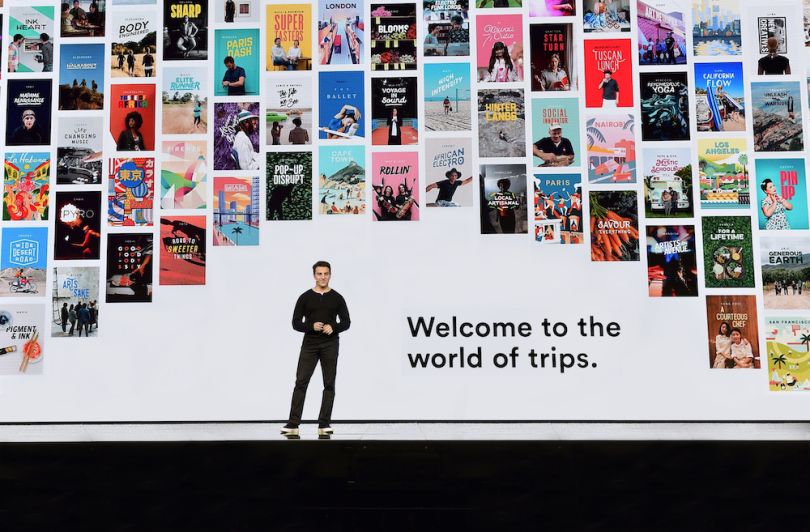
Airbnb: Commandeer an Already-Popular Platform
Location: San Francisco
This frequently-cited case study in growth hacking took place around 2010, when Airbnb had launched multiple times but hadn’t yet taken off. More than anything, the company needed more eyes on its rental listings. So the engineers devised a way to cross-post listings on Craigslist with one click. Doing so involved some “technical gnarl” — they had to reverse engineer it from scratch, because Craigslist didn’t have a public API. To make things even more complicated, Craigslist isn’t one main site so much as a network of local sites. Ultimately, though, Airbnb’s integration worked — at least in the short-term. Craigslist eventually blocked it, but not before Airbnb had grown immensely.

Dropbox: Turn Users Into Brand Evangelists
Location: San Francisco
Dropbox has grown tremendously since its founding in 2007 thanks in part to referral bonuses. A staple of growth hacking, these are prizes users earn when they recommend an app or platform to friends. Dropbox offered users 500 megabytes of bonus Dropbox storage for each friend they referred to the service, and 125 megabytes of bonus storage for following the company on social media. Because the bonus could be used only through Dropbox, the strategy got existing users more invested in the Cloud storage platform and brought in new clients. Dropbox now has more than 200 million users.

Hubspot: Start Marketing Before There’s a Product
Location: Cambridge, Mass.
Hubspot sells software that enables inbound marketing, a term the company coined. Also known as content marketing, inbound marketing means drawing consumers in organically with search and social media, via promotional material that’s entertaining or, like Blue Bottle’s coffee how-tos, educational.
Hubspot could be its own client, too. The company markets its ecosystem of inbound marketing software with copious inbound marketing, including a popular blog that generates 20 percent of Hubspot’s sales leads. The founding team actually started that blog months before they built any of their products, according to Mark Roberge, HubSpot’s Chief Revenue Officer. In other words, Hubspot started inbound marketing before it had anything to market. It worked, too. Besides helping the team gain a firsthand understanding of pain points in the blogging process, they also got a sense of their target audience’s most pressing needs from the blog’s most popular posts.

Tinder: Throw a Frat Party
Location: Los Angeles
By 2014, only a couple of years after its founding, Tinder had acquired two million users thanks to an unusually analog growth hack: parties. The company essentially toured college campuses, working with Greek organizations to throw launch events for the app at various schools. Attendees were required to download the app to gain entry, which theoretically got the campus cool kids onboard and made Tinder seem like an elite social club (a digital co-ed frat?) that people wanted to join. Along with Tinder’s user interface, which looked like a card game, it helped breakthe then-persistent stigma attached to online dating.
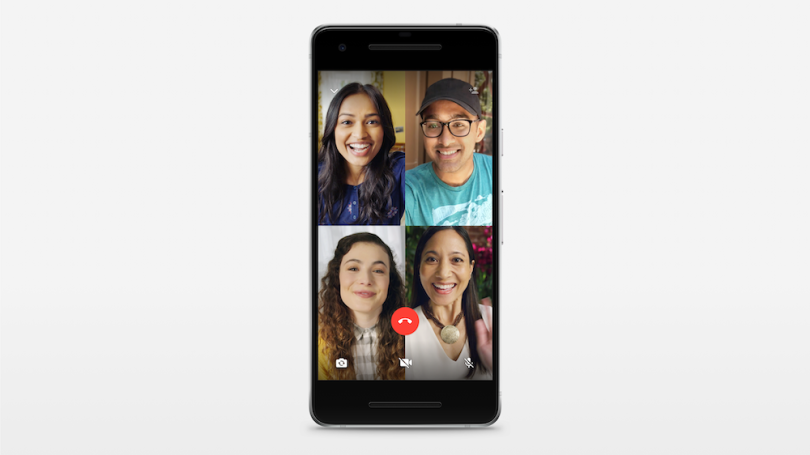
WhatsApp: Reinvent an Essential
Location: Santa Clara, Calif.
WhatsApp’s growth hack was to reinvent something people already viewed as essential: texting. When the company was founded, in 2009, it made texting cheaper by turning it into a web (as opposed to cellular) service. (This let users circumvent phone companies’ texting limits and fees — much the same way video streaming services helped people circumvent cable bills.) Referral bonuses, which incentivize current users to recommend a new tech product to their friends, are a common growth hacking play. WhatsApp didn’t need them, though — the more a user’s friends adopted WhatsApp, the lower that users’ texting bills would be. WhatsApp’s low price point, and the fact that the app was compatible with phones both old and new, helped it take off. Today, it has 500 million users.
Dollar Shave Club: Make a Viral Video
Location: Santa Monica, Calif.
Plenty of companies try to release viral videos, but only a few succeed — among them Dollar Shave Club. Back in 2012, the company released a YouTube Video starring founder Michael Dubin. He studied improv and sketch comedy with Upright Citizen’s Brigade, and it showed in his performance, which mixed deadpan dialogue with goofy physicality. (“I’m good at tennis,” he proclaimed at one point, grabbing a tennis racket out of thin air and swinging at a passing ball, whiffing completely.) The video, which explained Dollar Shave Club’s business model in a humorous way, went so viral that it crashed the company’s website within two hours. By the next day, the company had racked up 12,000 new subscribers. The video not only boosted Dollar Shave Club, but the entire once-static men’s grooming industry, whose web sales more than doubled.
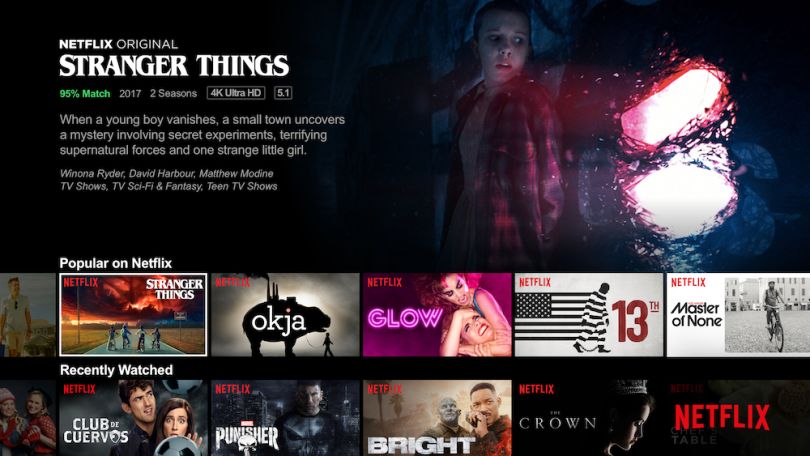
Netflix: Foster FOMO
Location: Los Gatos, Calif.
FOMO is a powerful growth engine, and that’s exactly what Netflix creates with popular original shows like Stranger Things, Black Mirror and You. They’re frequent topics of water cooler conversation — some offices even have Stranger Things-themed conference rooms — and those shows are available only to Netflix subscribers. This wasn’t always the way Netflix worked. Once upon a time, it was a mail-order video rental service with no intellectual property of its own. But since the company pivoted to streaming and debuted its first original show, House of Cards, in 2013, it has more than tripled its subscribers.
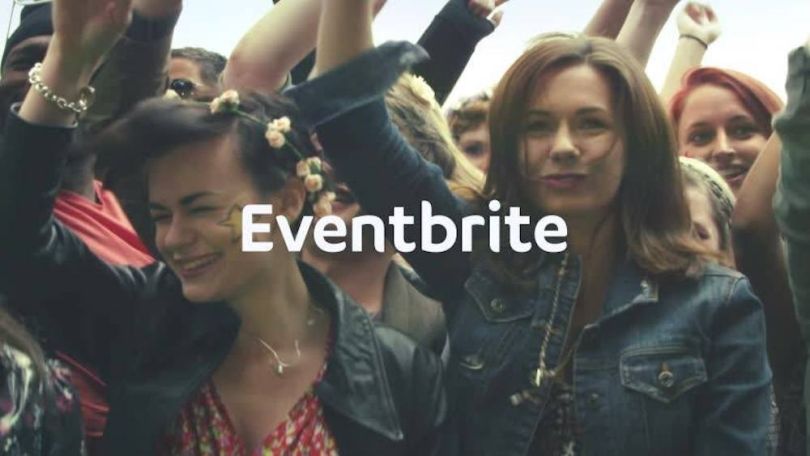
Eventbrite: Work for Free (As Long As Your Customers Do Too)
Location: San Francisco
Digital ticketing platform Eventbrite makes its money from ticket sales: for each ticket sold through its site, the company charges a flat fee and a small percentage of the price. Given this business model, you might think Eventbrite does no ticketing for free events, but you’d be wrong. In fact, roughly two thirds of the events ticketed through Eventbrite are free.
The founders view this as a strategic win. “The awareness that was being raised by those using Eventbrite for free — when we looked at it quantitatively — it was actually fueling growth of the business,” co-founder Kevin Hartz told the First Round Review. For one, free event pages increase the likelihood of people finding Eventbrite through organic search. At the same time, people who attend free, Eventbrite-ticketed events often go on to host paid events through Eventbrite, which keeps the company’s marketing costs low. In other words, the free ticketing promotes paid ticketing in what Hartz terms a “virtuous cycle.”

Patreon: Give Users Personalized, Shareable Year-End Statistics
Location: San Francisco
Patreon’s platform lets fans pay their favorite creative people directly in exchange for exclusive content. It’s essentially a crowdfunding and self-publishing platform rolled into one, which is a boon to Patreon’s growth team — whenever its users promote their work, they promote their Patreon page, and Patreon writ large, in the process.
According to former Patreon product manager Tal Raviv, “We know that almost all reticence creators feel about our platform vanishes when they see a creator they admire successfully and proudly running a creative business and getting paid to create.”
Patreon recently amped up user promotion (of themselves and Patreon) with an interesting growth campaign. At the end of 2016, the company sent out personalized, shareable year-end statistics to everyone on its platform. Presented on digital cards specially sized for social media display, the stats highlighted how many new patrons a user had accrued, how much money they had made and much more. Users also could customize their cards to highlight only the stats of which they were most proud. In what the team counted as a win, the cards were widely shared and the campaign reached more than 10 million social media feeds — many of which belonged to creative people who weren’t on Patreon (yet).
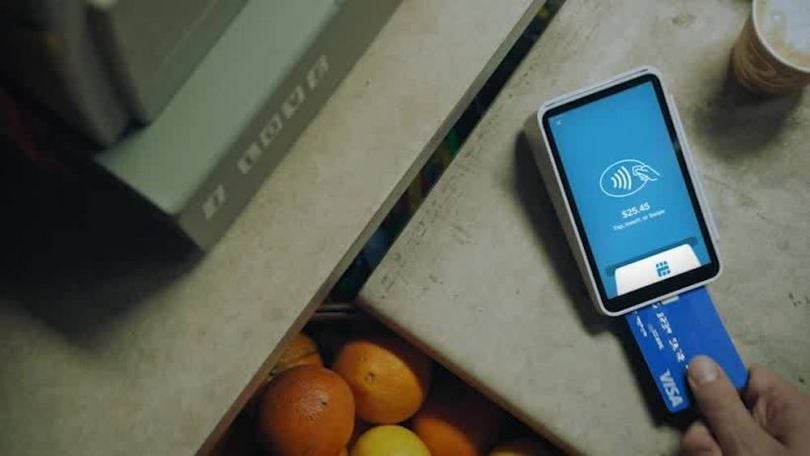
Square: Partner with Trusted Brands
Location: San Francisco
Founded in 2009, Square makes credit card processing easier and more accessible for small vendors, who once struggled with expensive mandatory registration fees. So, much like WhatsApp, Square improved something essential: charging customers for their purchases. However, early on, it ran the risk of sounding too good to be true, a problem it tackled by partnering with trusted brands. The first was Jack Dorsey, arguably a brand in his own right after successfully co-founding Twitter. (Early headlines often referred to Square as “Jack Dorsey’s Square.”) The company also partnered with Apple early on; Apple stores around the country stocked Square’s namesake square credit card readers, which added a further halo of credibility to the company, which today is worth more than $3 billion.
Images via Shutterstock, social media and company websites.




